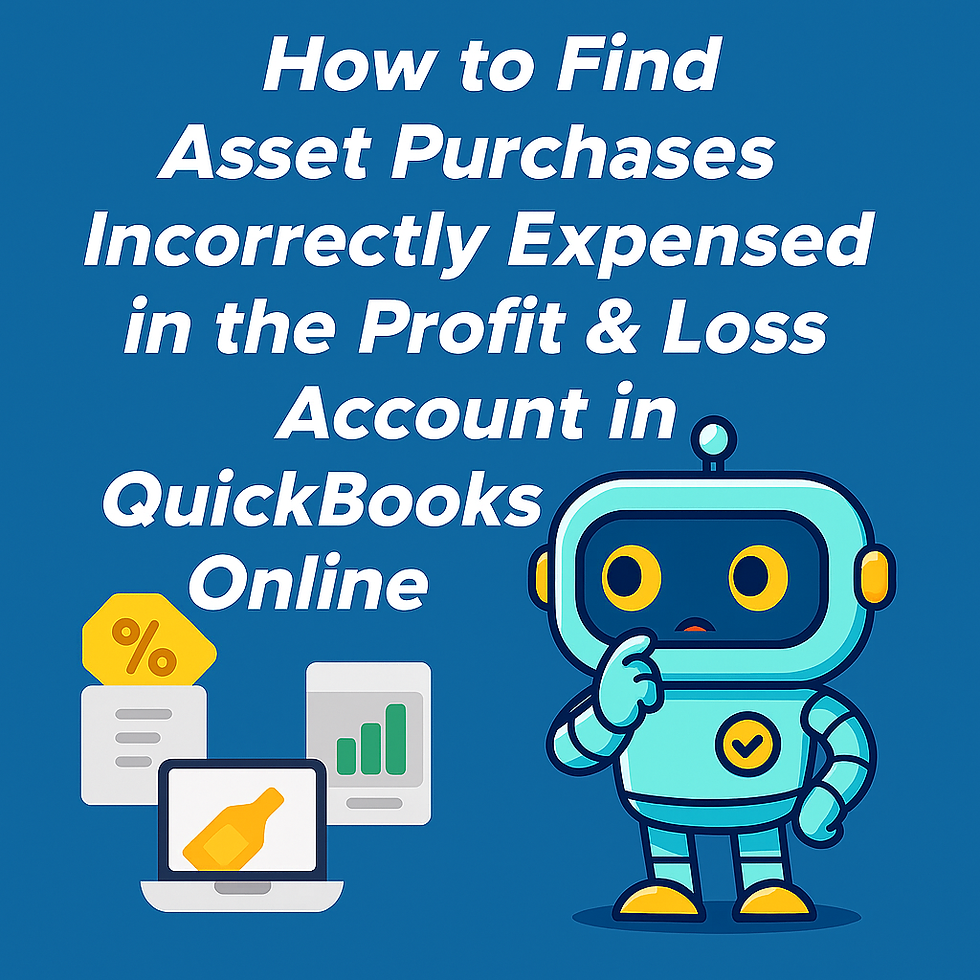Understanding Cost of Goods Sold (COGS) Accounts and Their Impact
- kate9765
- Jul 15, 2024
- 2 min read
Cost of Goods Sold (COGS) accounts are crucial for accurately tracking the direct costs associated with producing or acquiring the goods or services that generate revenue for your business. Properly categorizing expenses into COGS accounts can have a significant impact on your financial statements and profitability analysis.

It’s a common misconception that all wages earned by employees are a part of overhead. That’s not the case for employees directly involved in the input and output of manufacturing, construction and other service and product producing industries.
What Should Be Included in COGS Accounts?
COGS accounts should include all costs directly related to the production or acquisition of the goods or services you sell. These typically include:
Direct Materials: The cost of raw materials, components, or merchandise purchased for resale that directly go into the finished product or service.
Direct Labor: Wages, salaries, and benefits paid to employees directly involved in the production or delivery of goods or services.
Direct Subcontractors: Payments made to outsourced trades that are directly linked to products or projects.
Other Direct Costs: Freight, shipping and equipment rentals are common in the construction industry. Other expenses specifically related to manufacturing goods and services.
It's important to note that COGS accounts should only include costs directly related to revenue-generating activities.
Indirect costs, such as administrative salaries, marketing expenses, and rent, should be classified as operating expenses or overhead.
Examples of overhead expenses include:
Rent and utilities
Administrative salaries
Marketing and advertising
Depreciation of non-production assets
Insurance, accounting and legal fees

So, what’s the impact of Accurate COGS Accounting?
Gross Profit Calculation: COGS is deducted from revenue to calculate gross profit, which is a key profitability metric. Inaccurate COGS can distort gross profit and lead to incorrect pricing decisions.
Inventory Valuation: COGS is used to determine the cost of inventory on the balance sheet. Incorrect COGS can lead to over or undervaluation of inventory assets.
Cost Analysis: Accurate COGS accounts enable better analysis of production costs, identification of cost-saving opportunities, and informed decision-making.
By accurately separating COGS from overhead expenses, businesses can gain better visibility into their cost structure, make informed pricing decisions, and optimize their operations for improved profitability.




